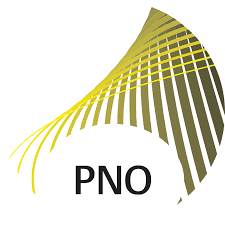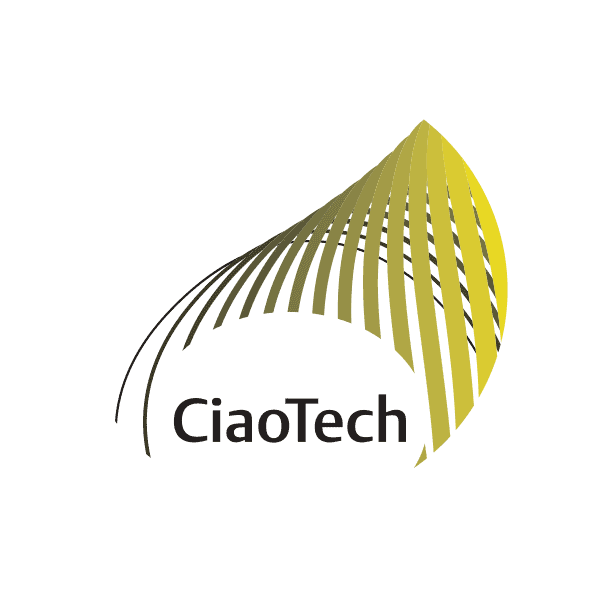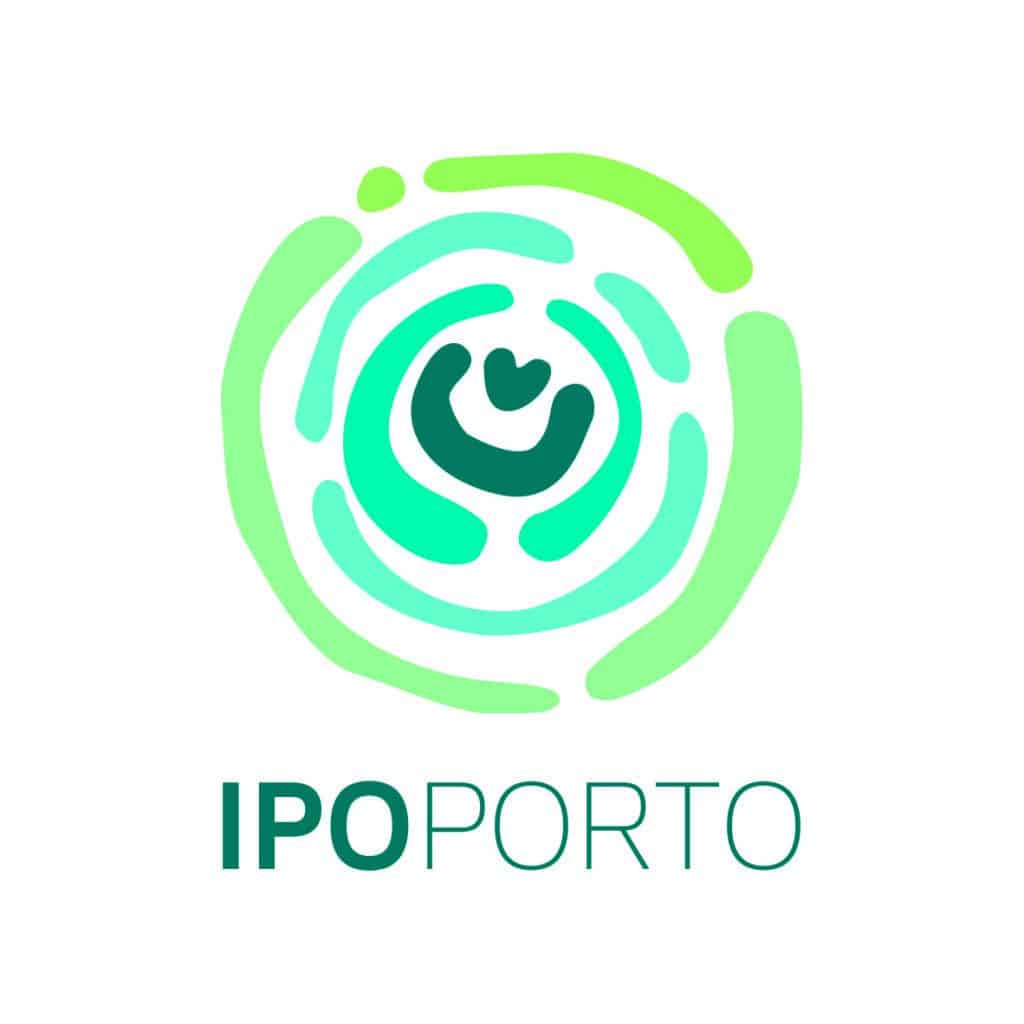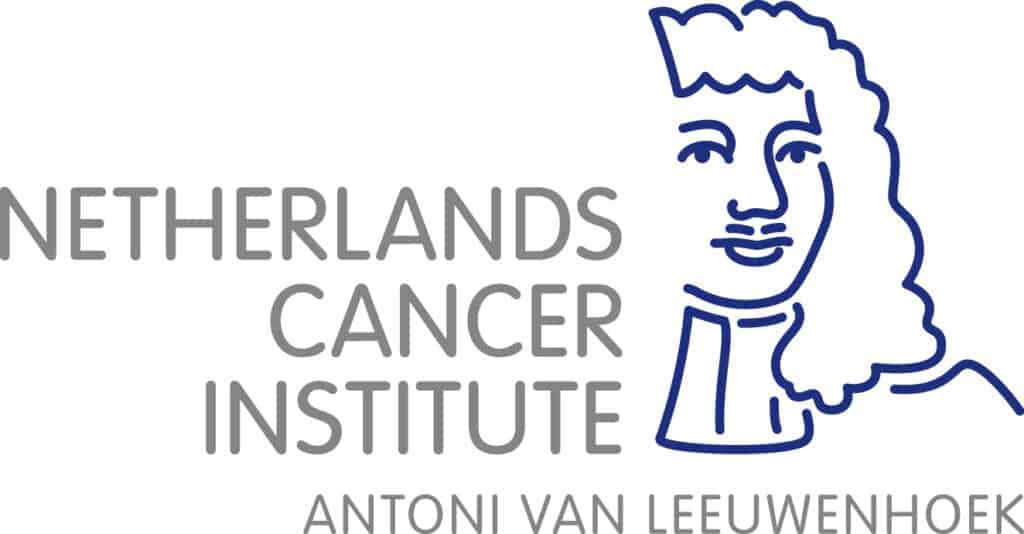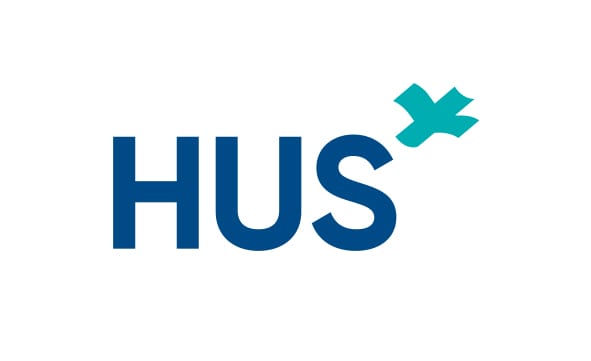The Results
WP
Un-/structured data SOPs
HTA RWD framework
Al-tools to understand/stri cture RWD
Al-tools for (big) RWD analysis
Infrastructure for RWE reporting
Trainings and guidelines
Inputs
Extensive clinical data pool consisting of both strictured and unstructured RWD.
A variety of EMR systems (e.g., EPIC, Hix, and Glintt) and internal data structuring pipelines.
Expertise in oncology, RWD data collection, HTA, regulatory decision- making, and machine learning / deep learning.
Key stakeholders in Europe and globally.
Experts in development of RWD/RWE training and courses.
Activities
Develop SOPs for collection of structured and unstictured data.
Develop tools to transform unstructured data to structured outcomes.
Demonstrate the developed solutions in different cancer Develop RWD/RWE frameworks considering technical, ethical, legal requirements.
Develop trainings and guidelines for the collection, management, and analysis of RWD.
Outputs
Enable hospitals to collect RWD using (methodological) standards in a more structured manner.
Allow hospitals and regulatory/HTA bodies to evaluate RWD quality.
Utilise Al/machine learning to use RWD in personalised treatment and optimisation.
Enable regulatory/HTA bodies to adopt data-driven methodologies for assessment of medicinal products/therapies.
Outcomes
Integration of (un)structured RWD collection and subsequent quality validation in clinical practice for treatment optimisation and personalised treatment decisions, and clinical trials for novel Treatments.
HTA bodies and regulatory authorities adopt data-driven methodologies for the effective use of RWD for the assessment of novel cancer therapies and digital health innovations for the treatment of cancer.
Primary impact
More accurate reimbursement predictions for novel cancer drugs.
More accurate decisions on the regulatory approval of novel cancer drugs.
Improved (personalised) value-based cancer care Promotion of high-quality care
by following evidence. based clinical guidelines.
Enhanced development of safe. efficient, cost-effective, and affordable cancer drugs and therapies.
Long-tem impact
Increased cost-effectiveness of novel cancer therapies maintains the affordability and sustainability of our health care system(s) and more cancer therapies will become available for low-income or middle- income countries.
Reduced overall morbidity and mortality of cancer patients due to more effective treatment prescription and equal access to novel therapies throughout Europe.

